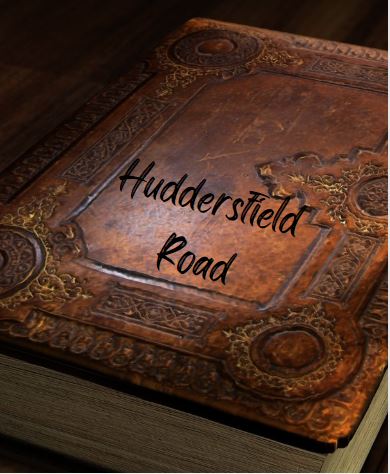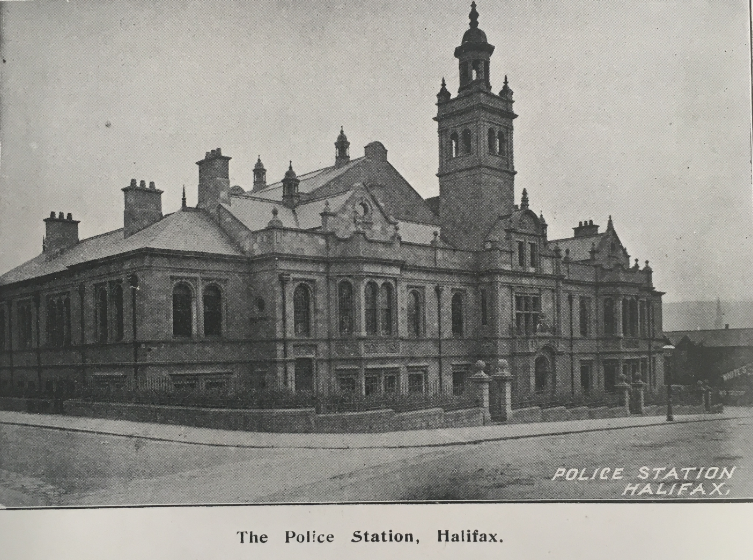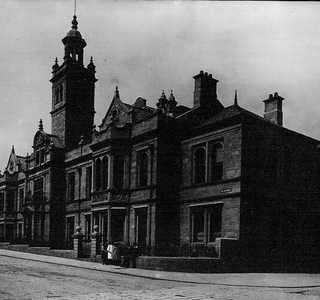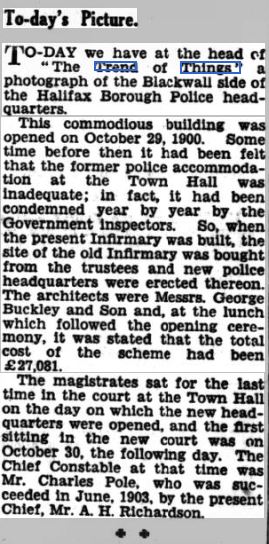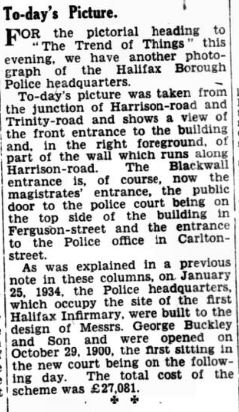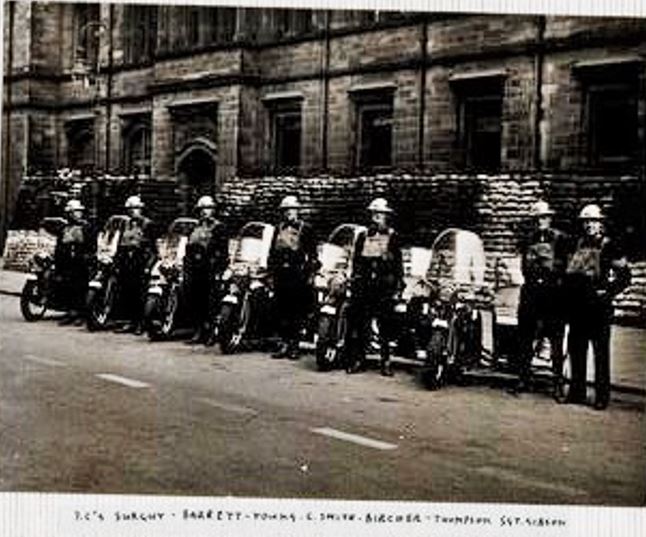Harrison Road - Well Head
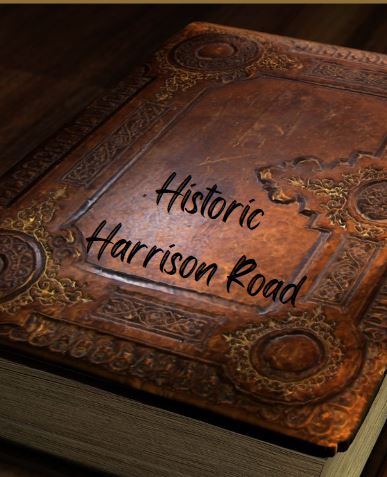
Harrison Road - Well Head
St John's Lane
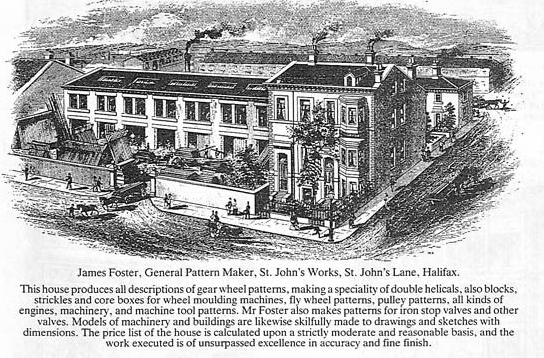
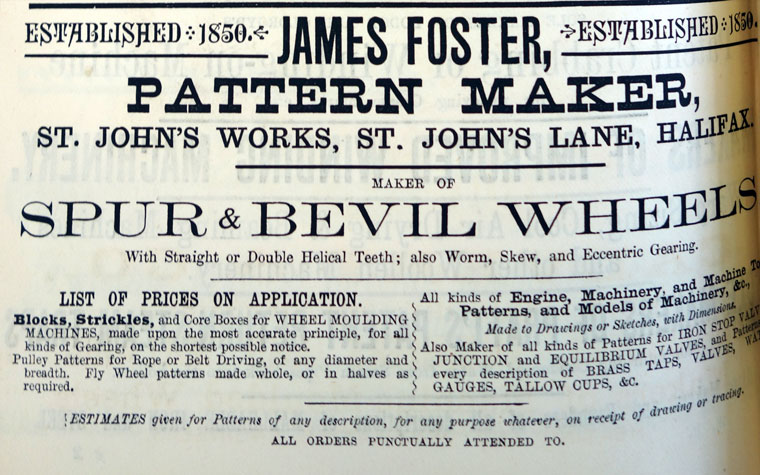
Prescott Street
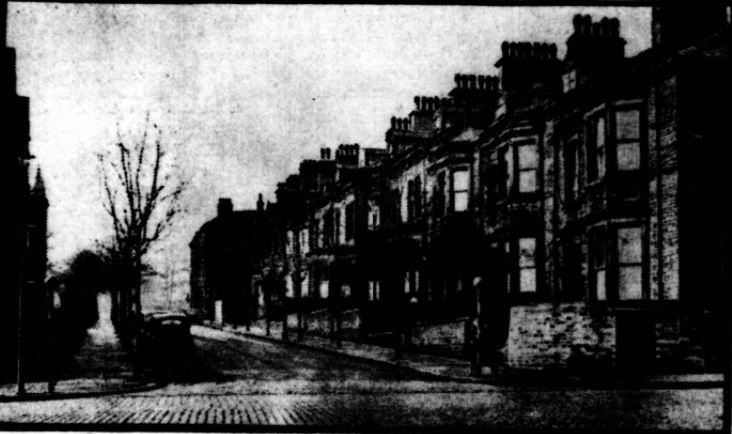 |
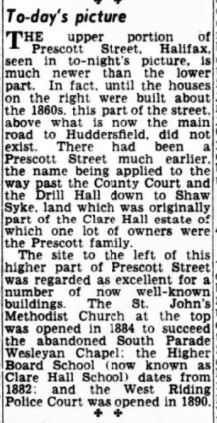 |
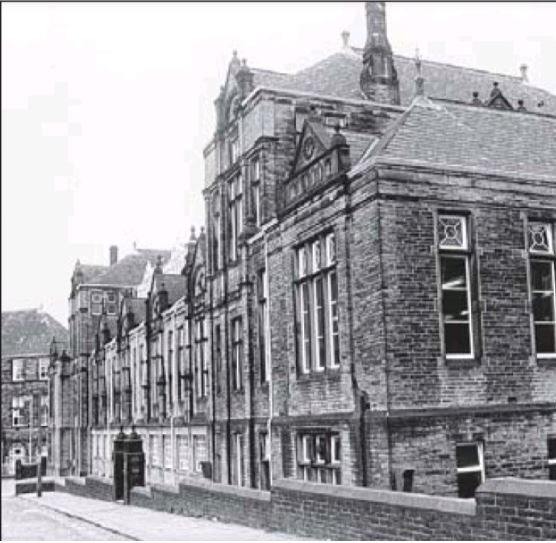
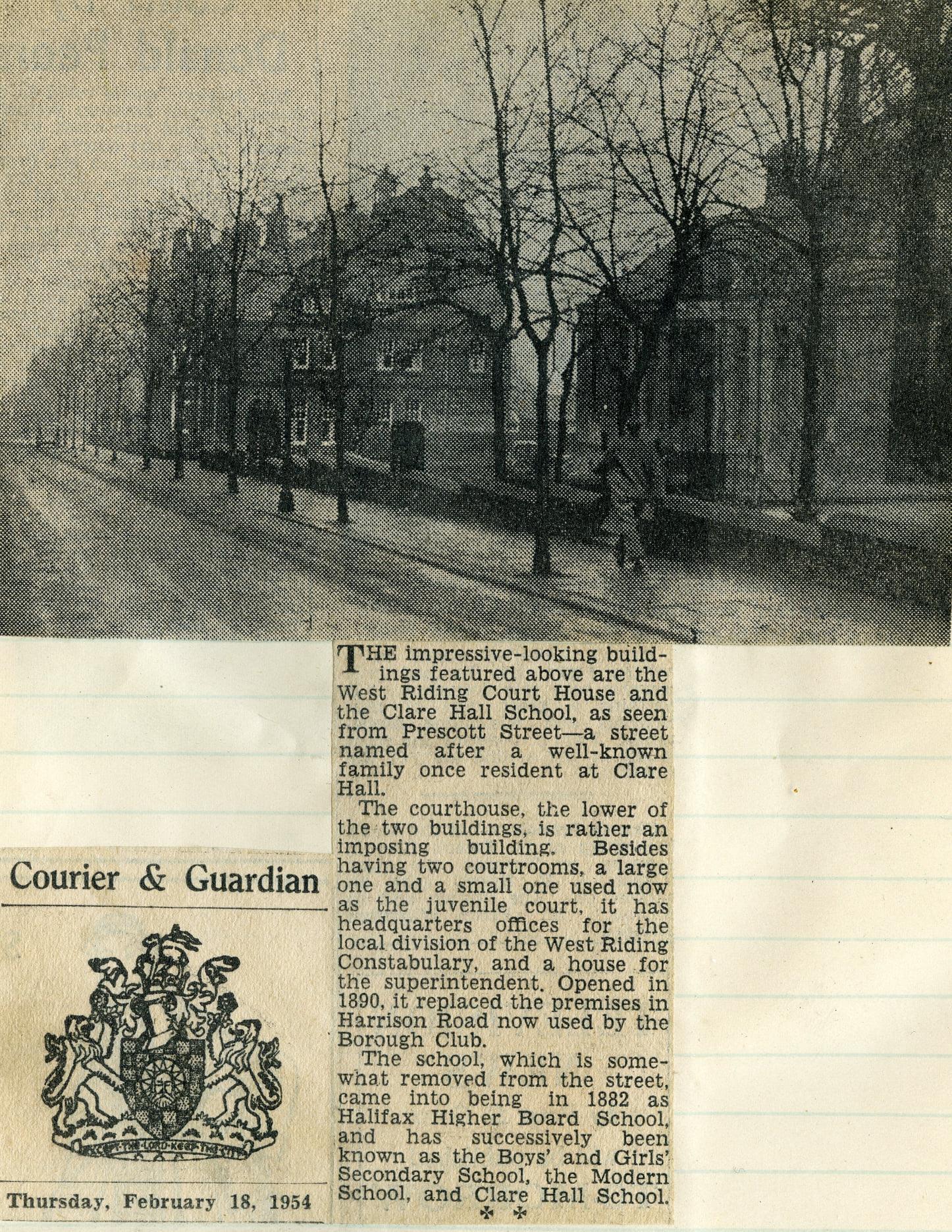
St John's
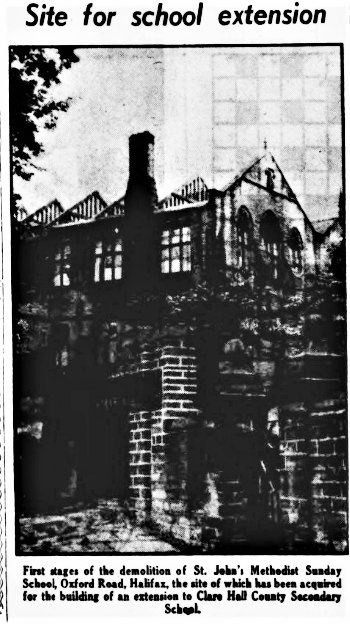
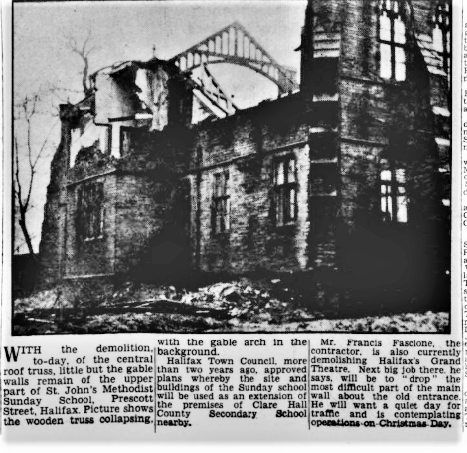
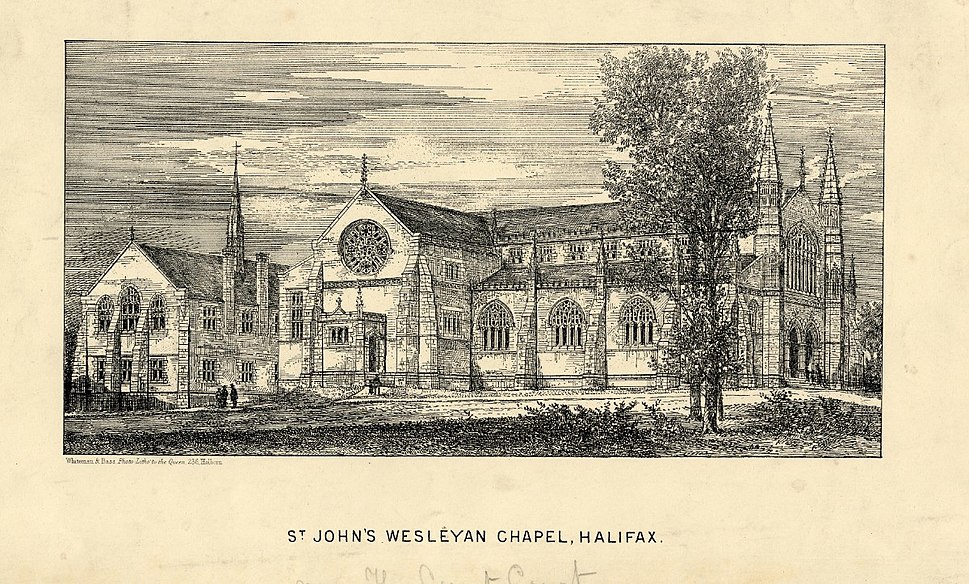
St. Johns at the top of Prescott Street
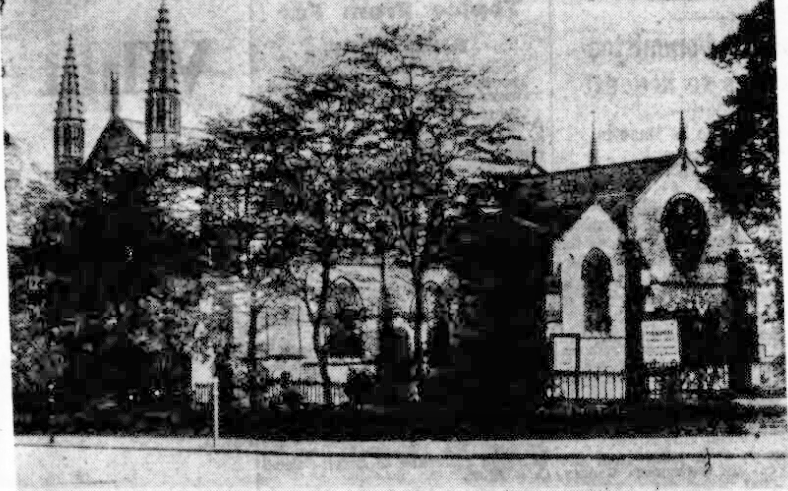
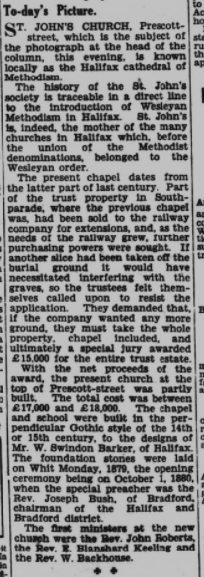
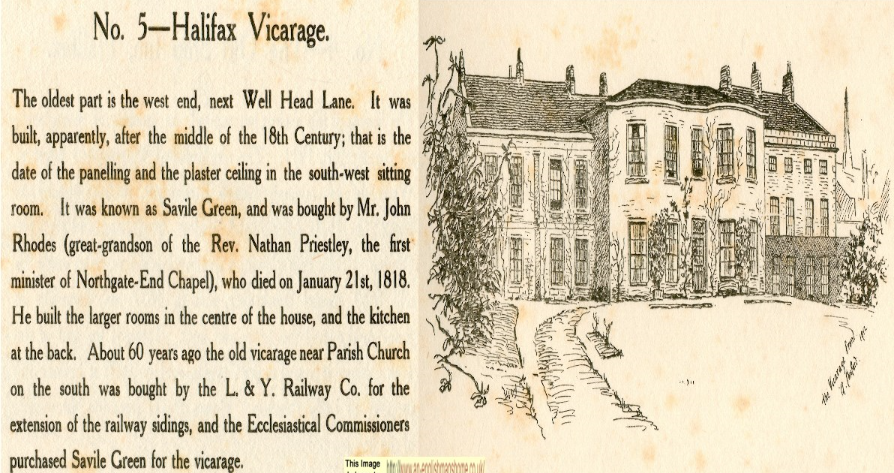
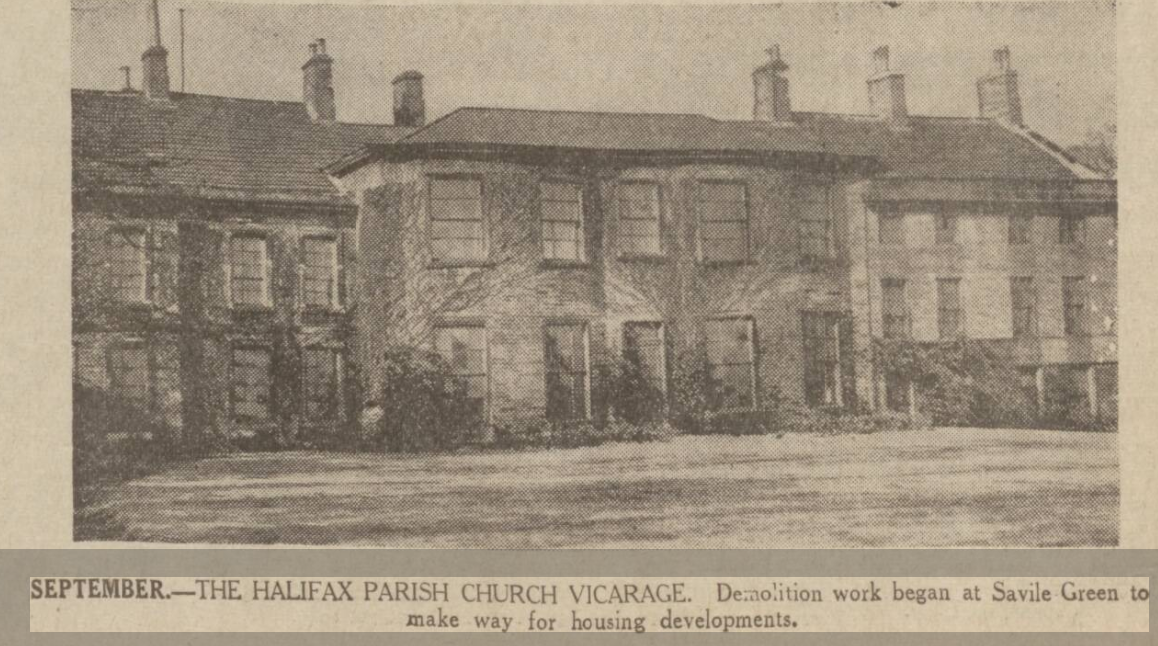
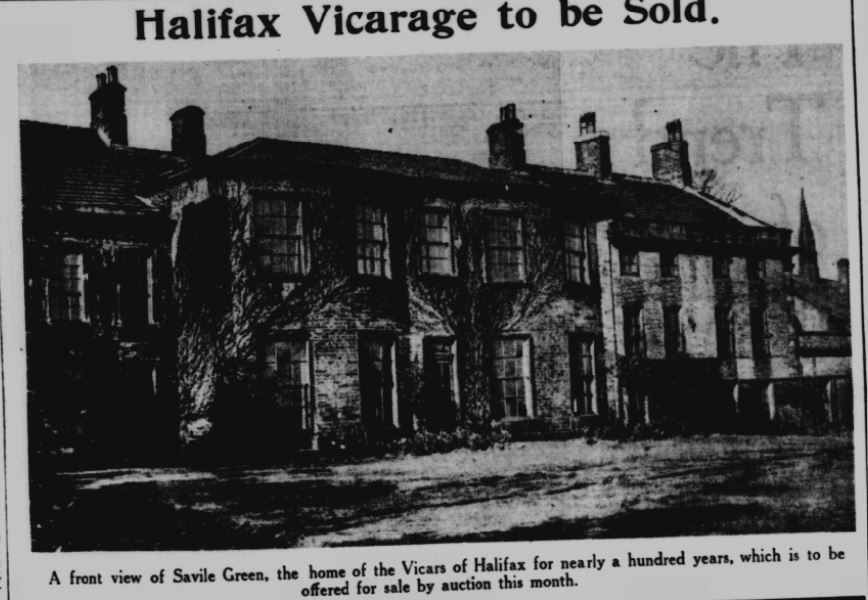
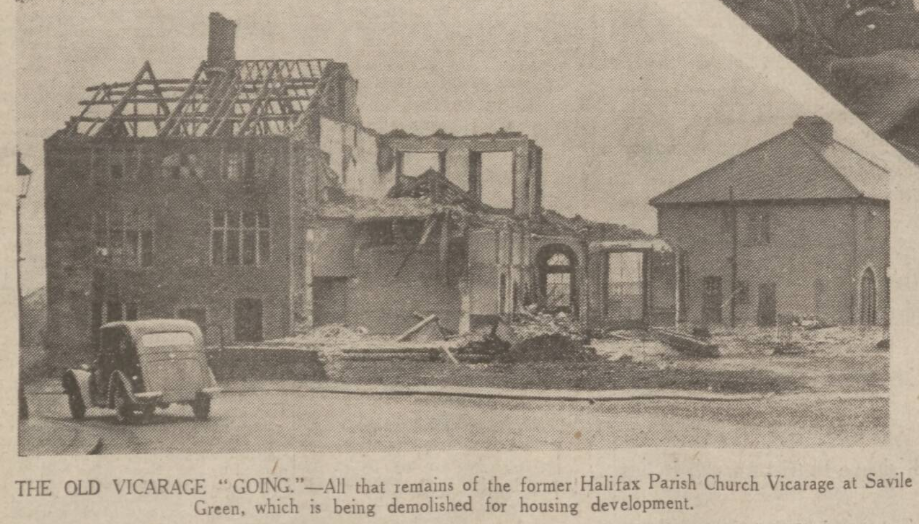

Well Head
Opposite the end of Harrison Road was where the vicarage stood.
This is the point where St Johns Lane and Prescott Street meets Harrison Road
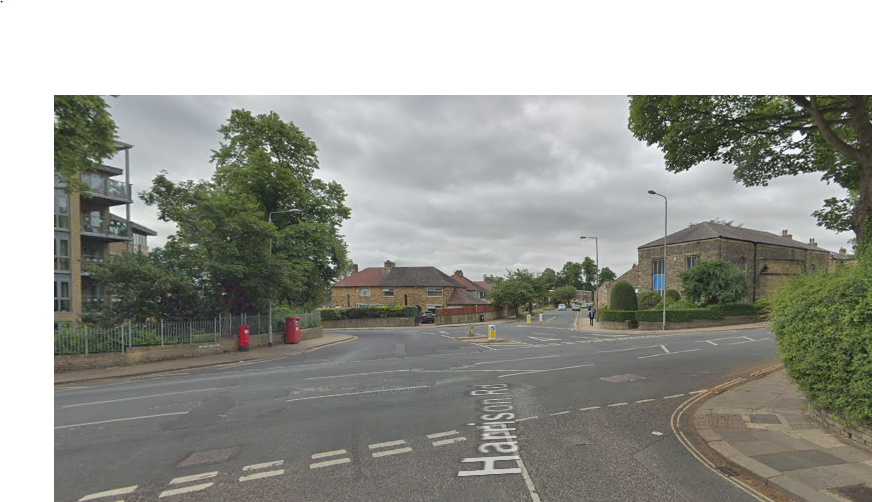
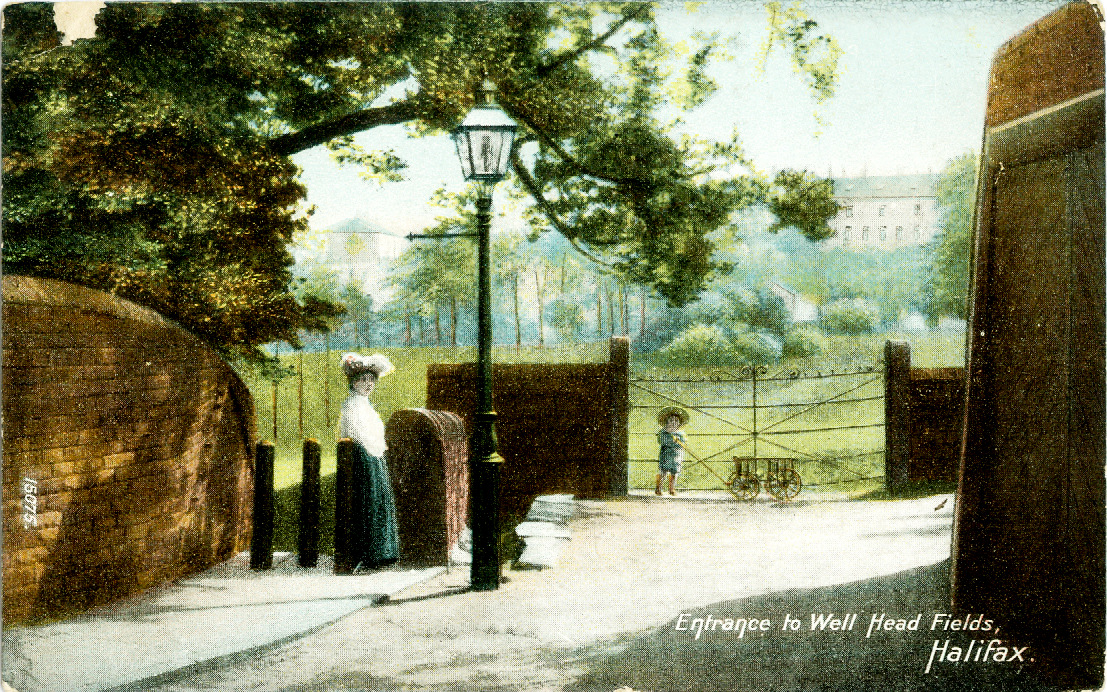
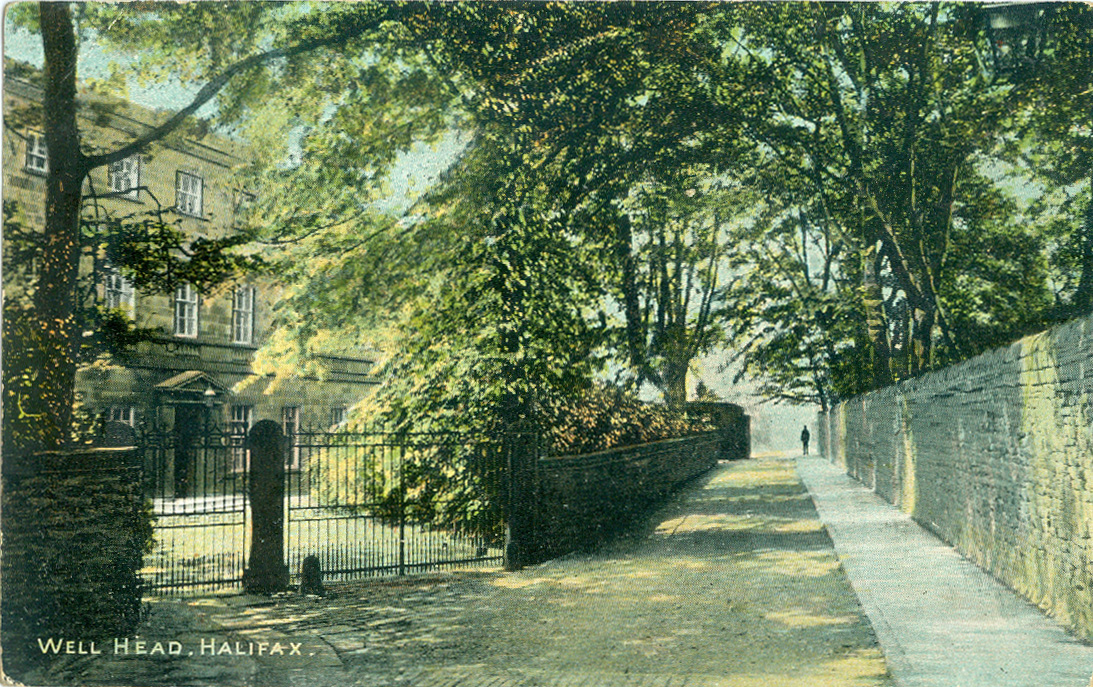
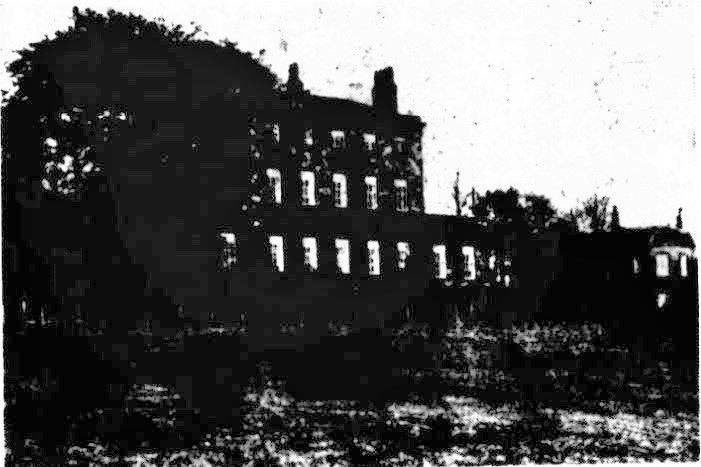 |
 |
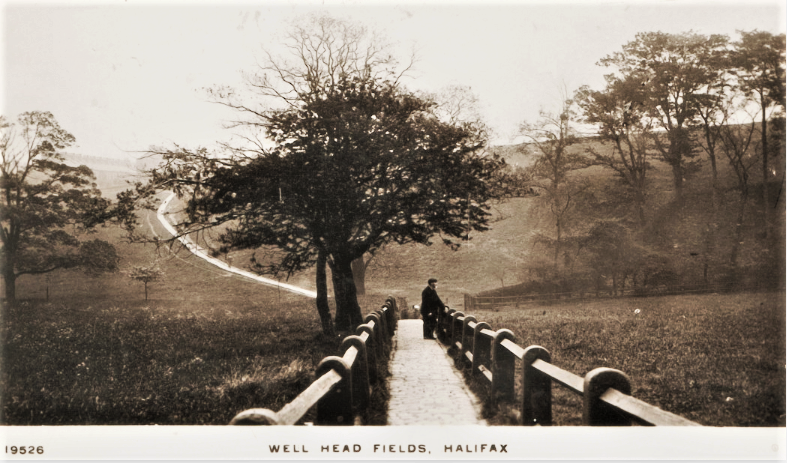
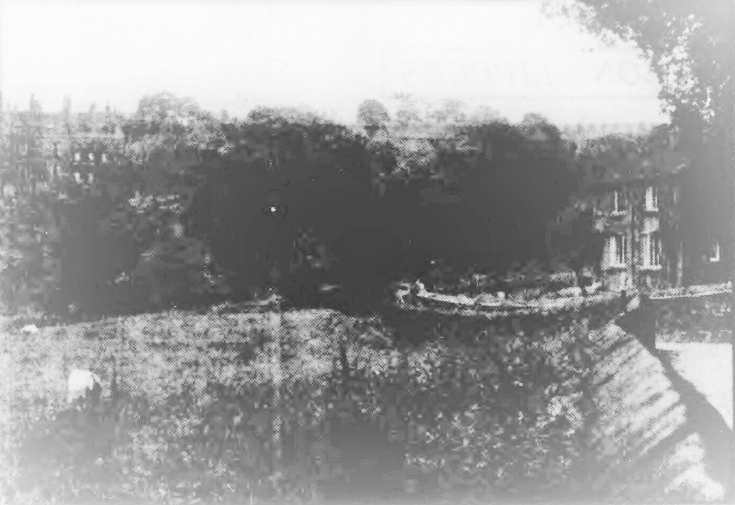 |
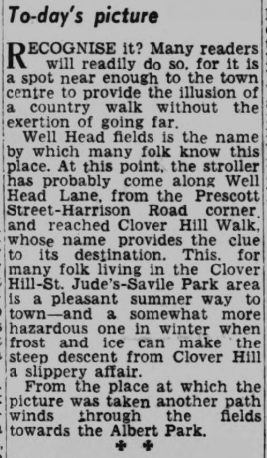 |
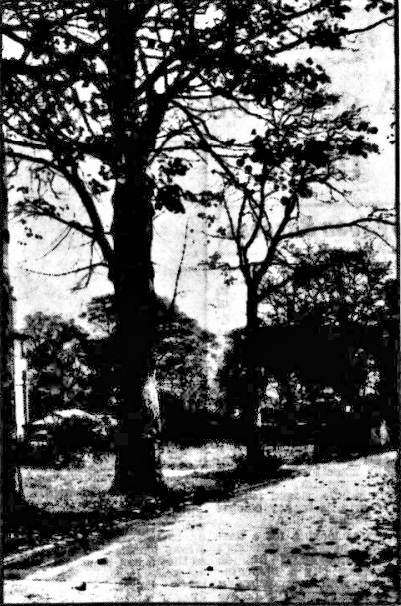 |
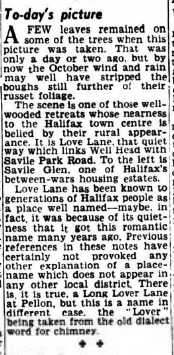 |
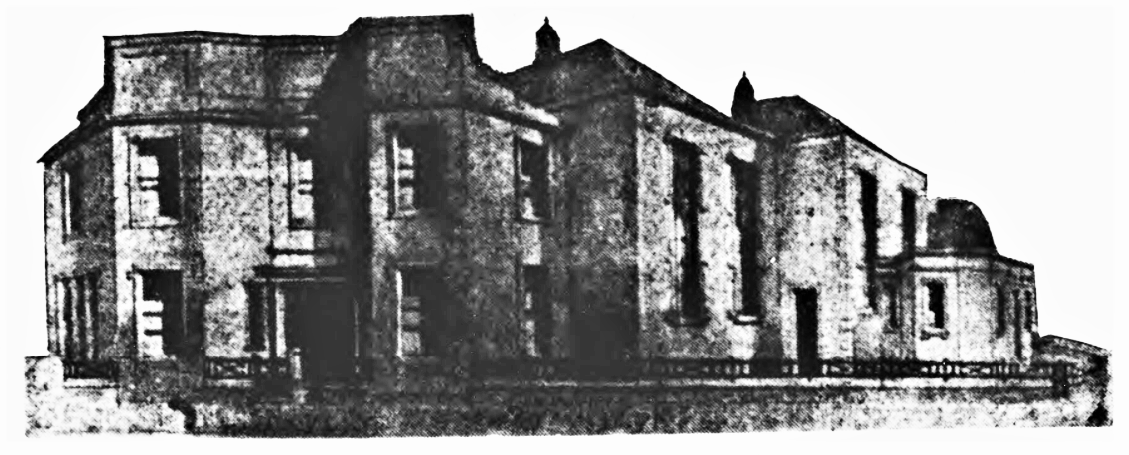
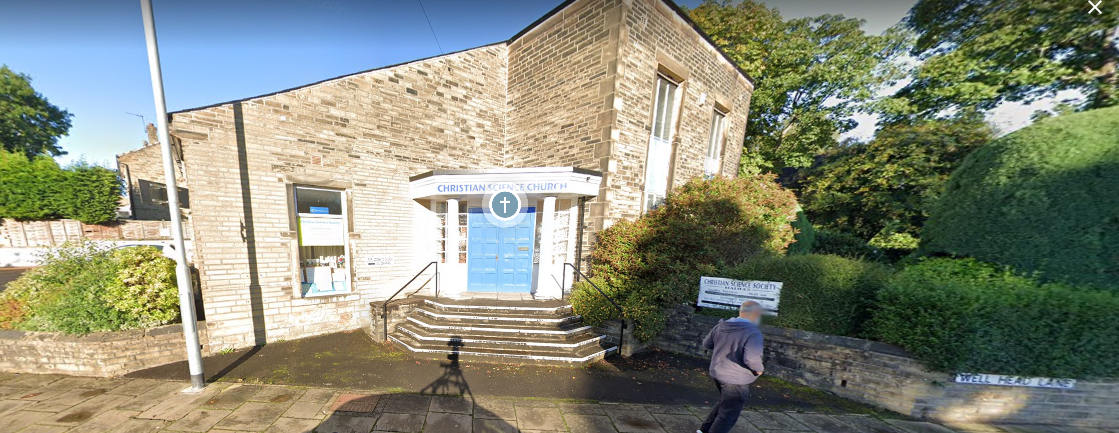
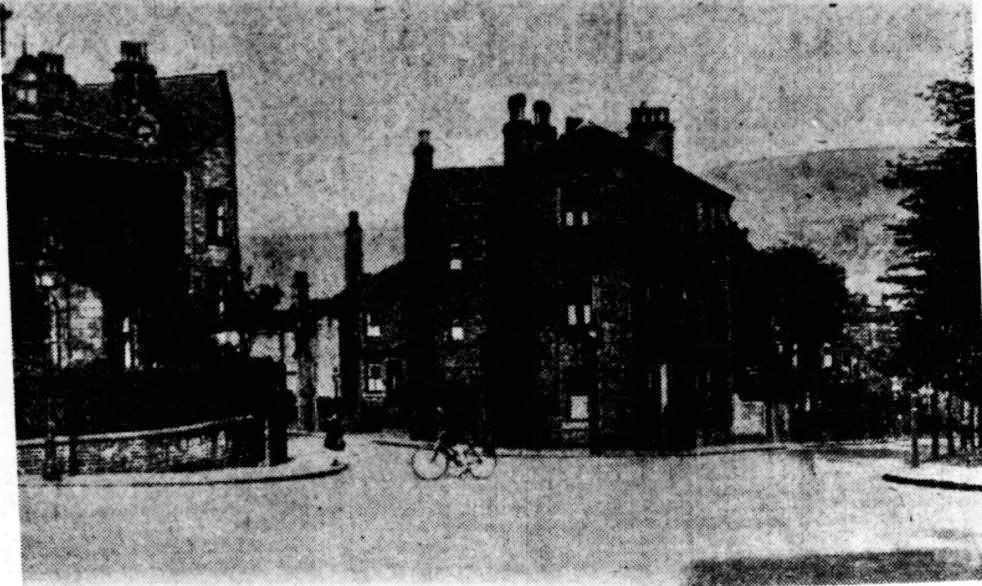 |
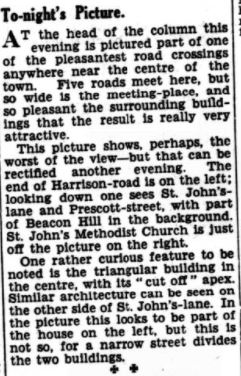 |
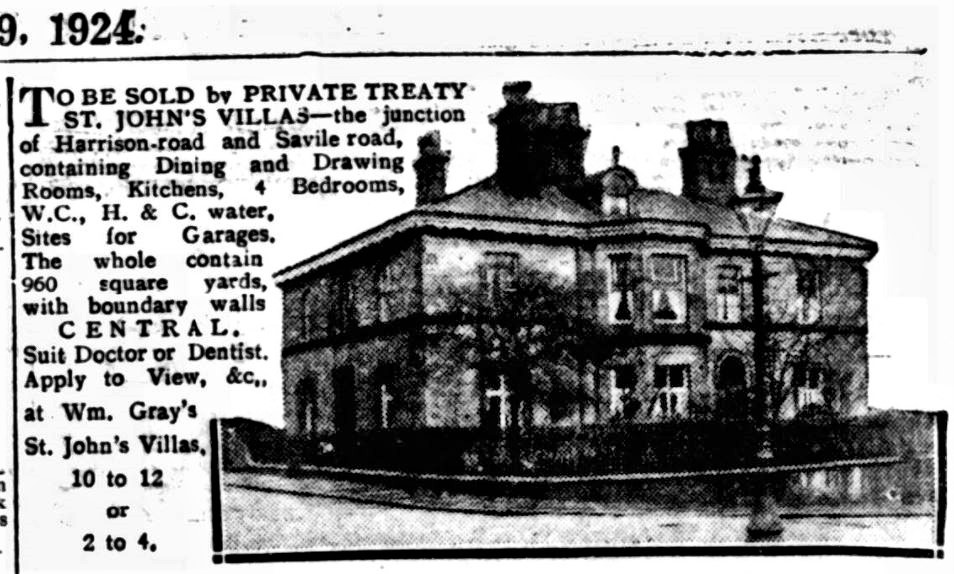
This is the point where St Johns Lane crosses Huddersfield Road
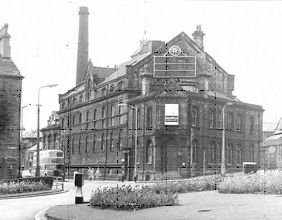
See Ramsdens/Stone Trough Brewery
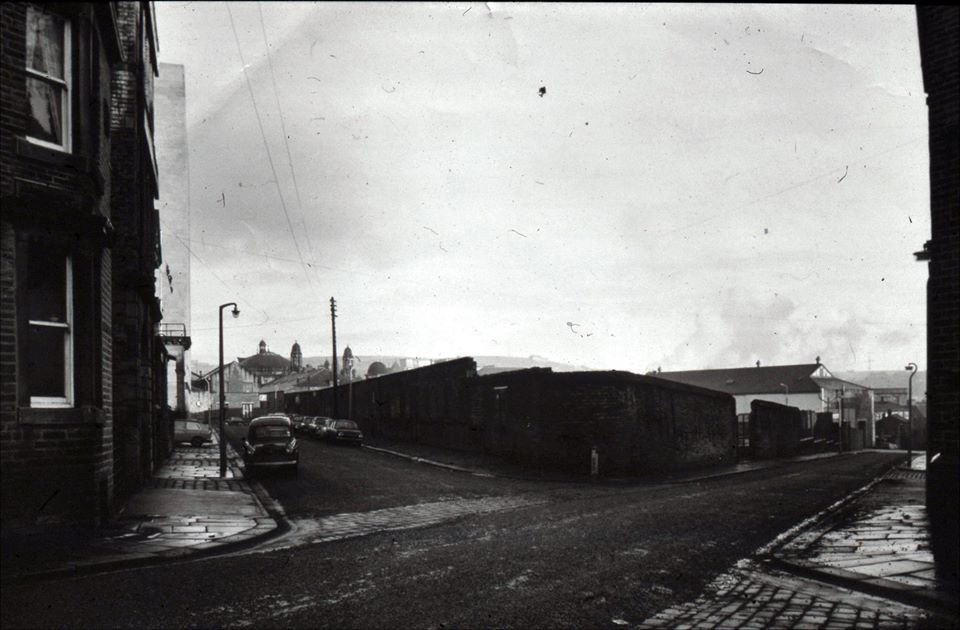
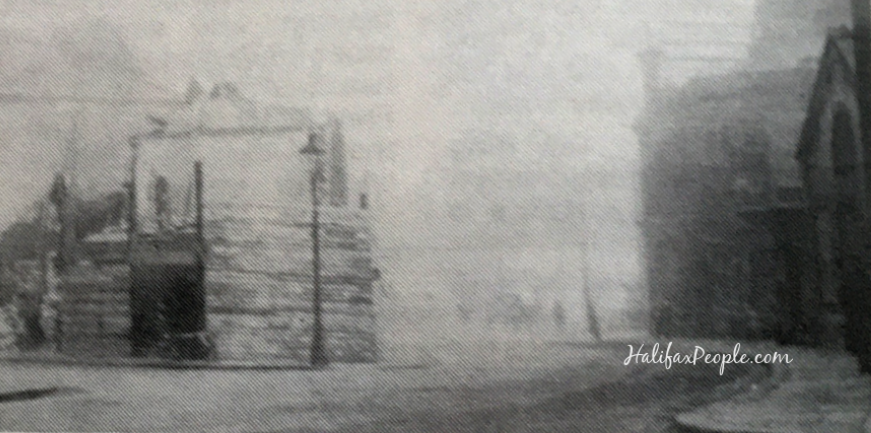
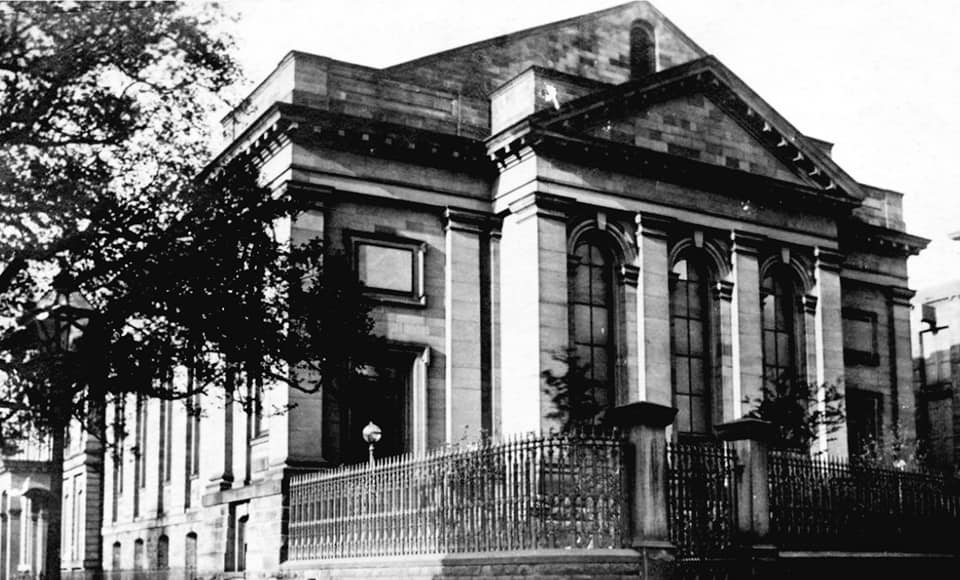
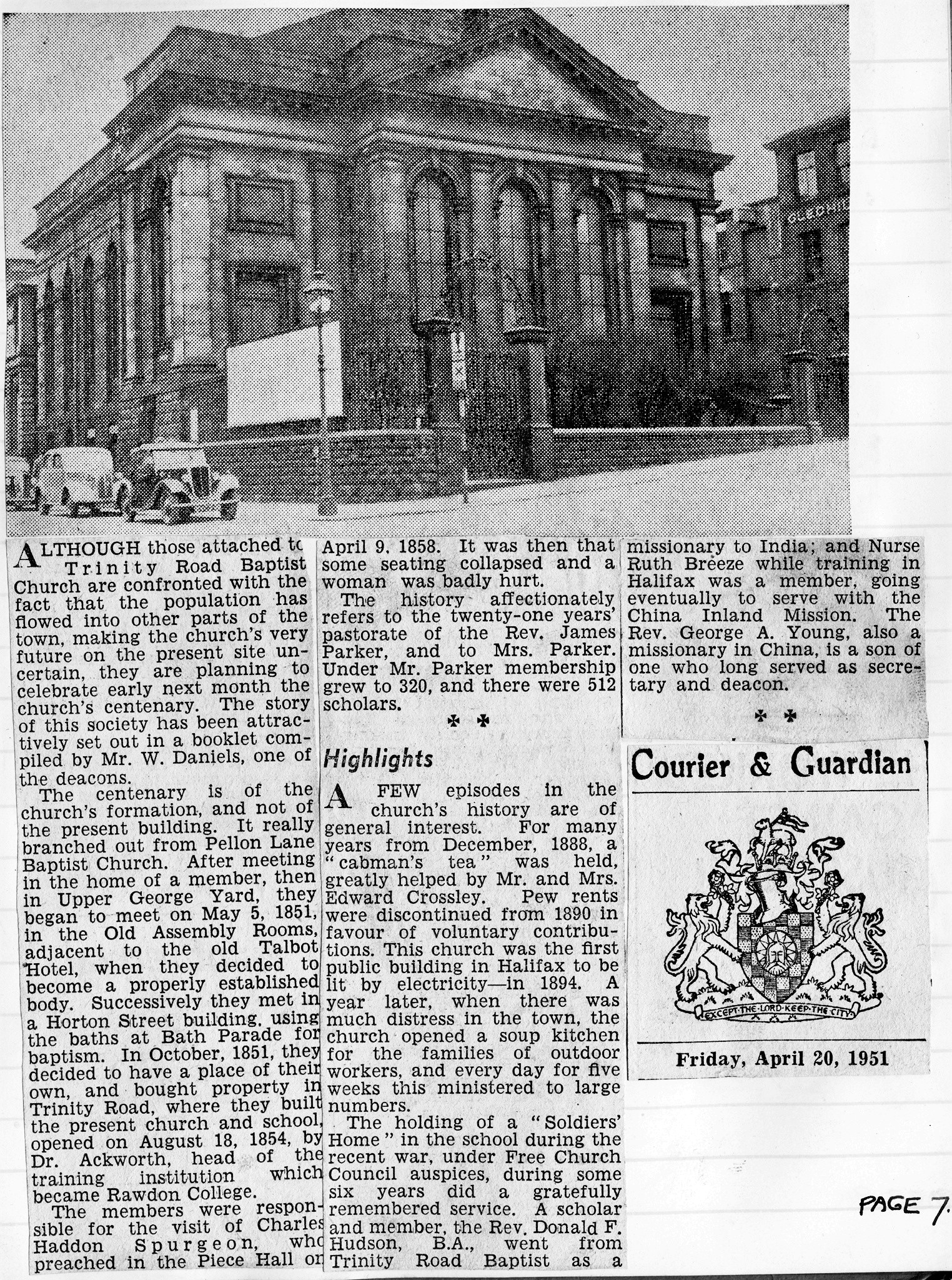
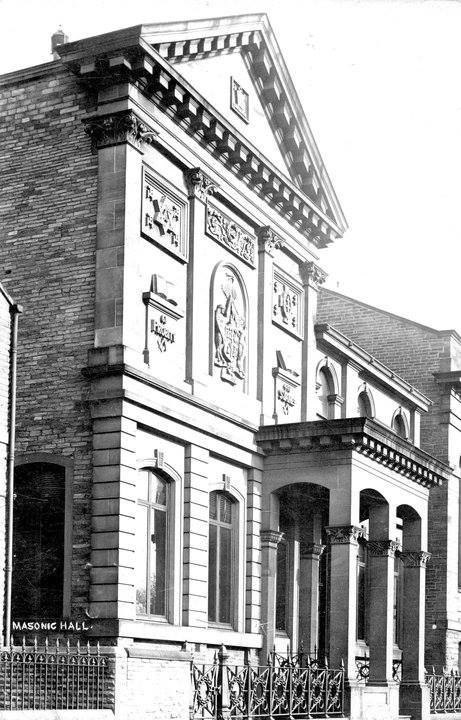
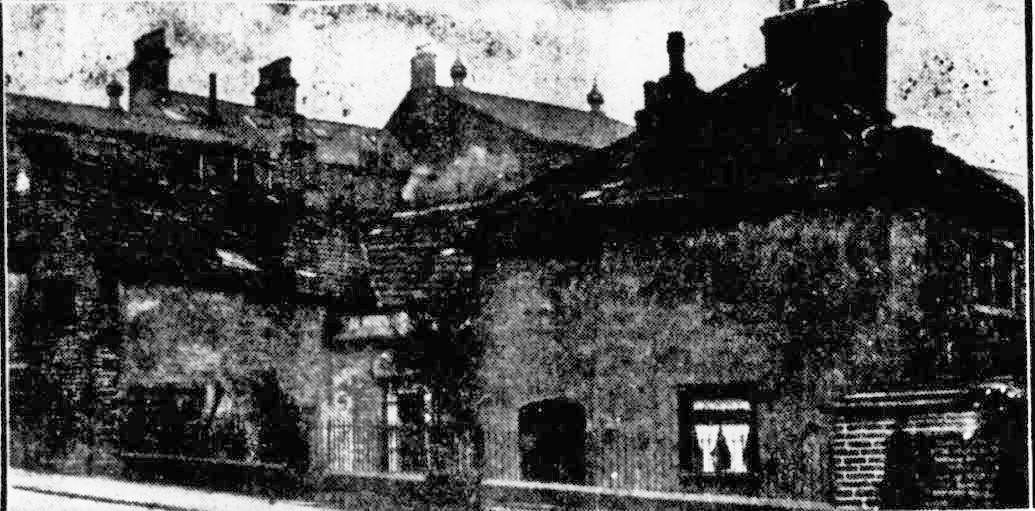 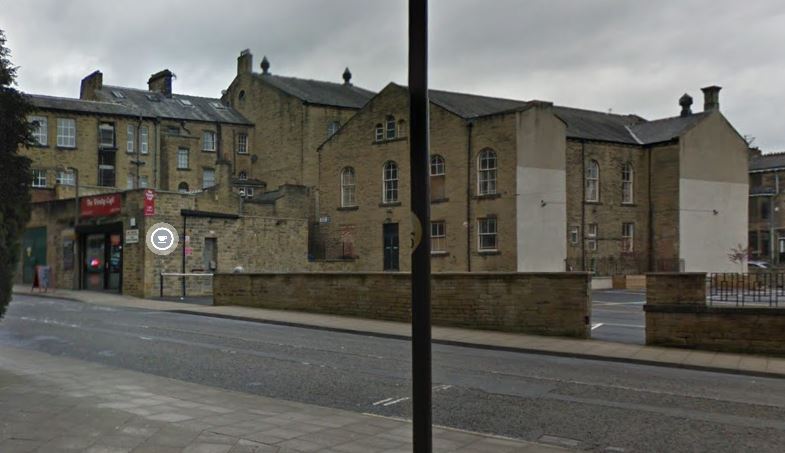 |
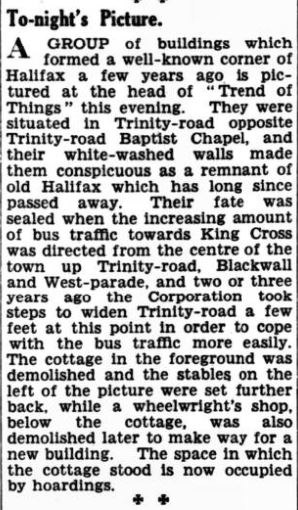 |
St.Johns Lane
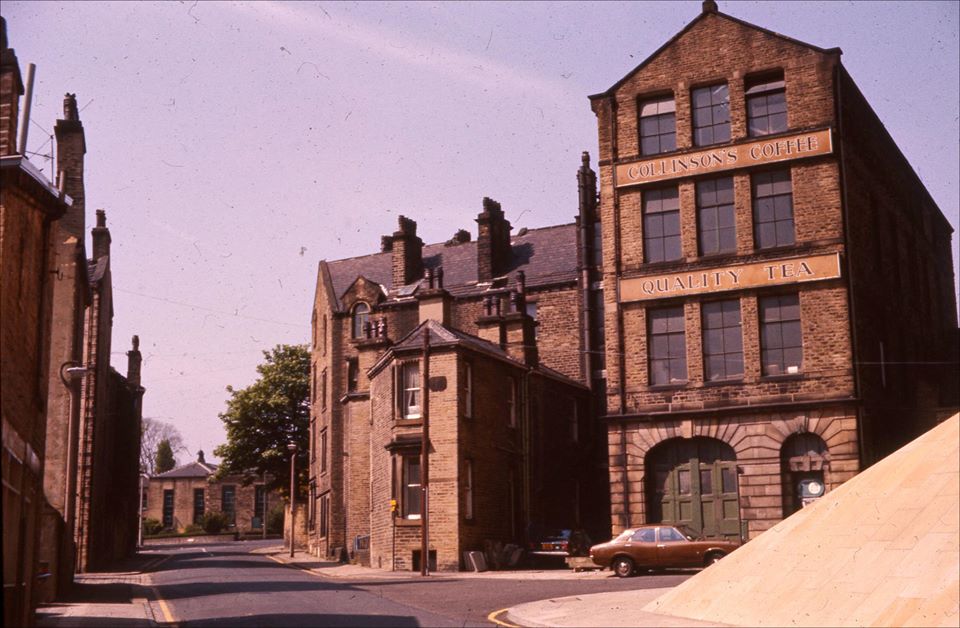
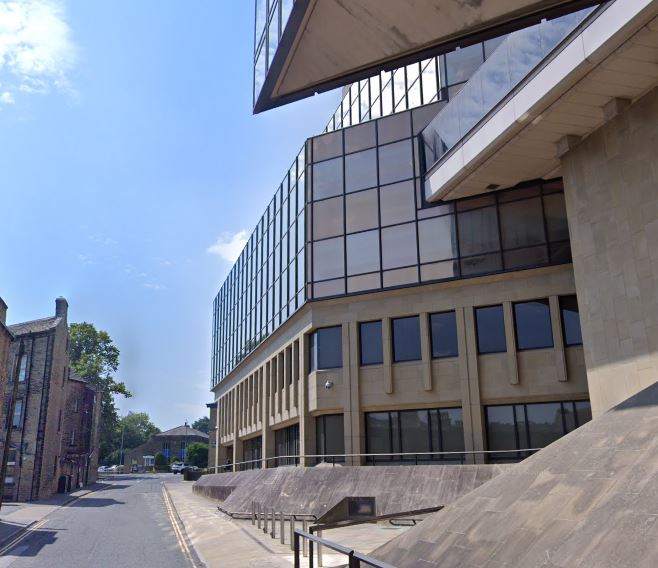
St.John's Lane 2024
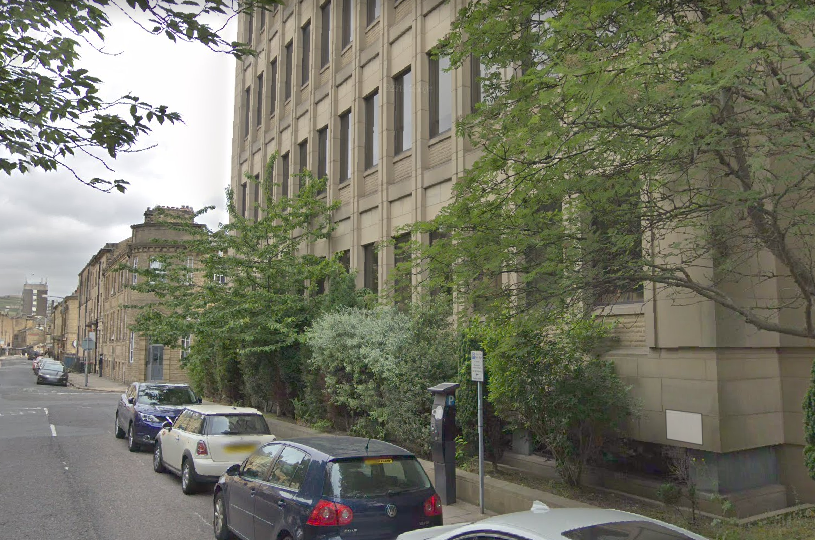
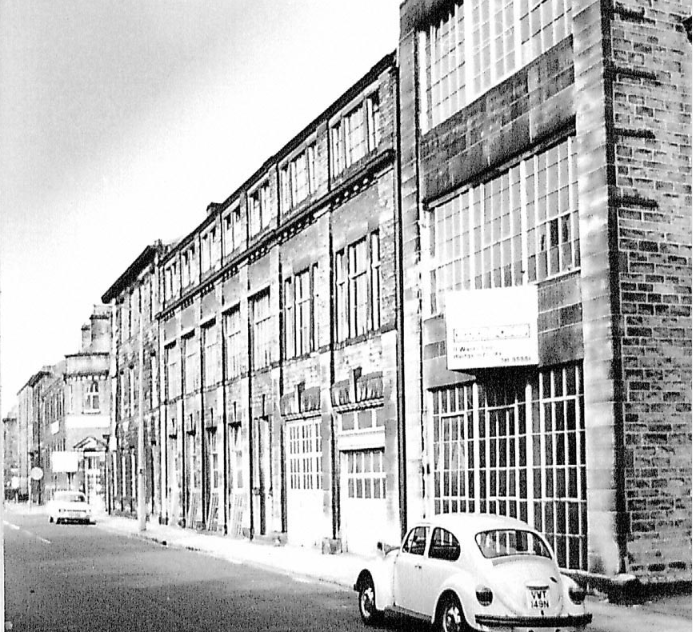
Harrison Road - Trinity Works
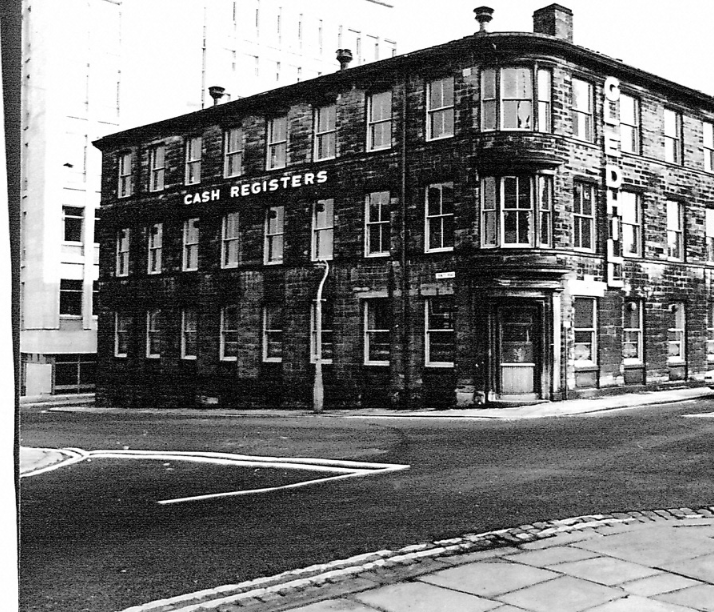
Looking back at the Trinity Works (G.H.Gledhill & Sons)
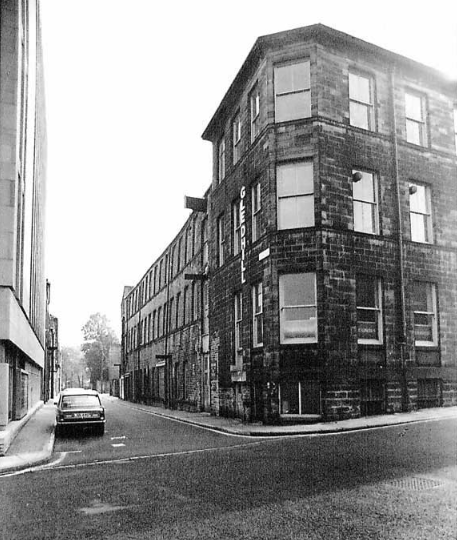
Bottom side of Trinity works
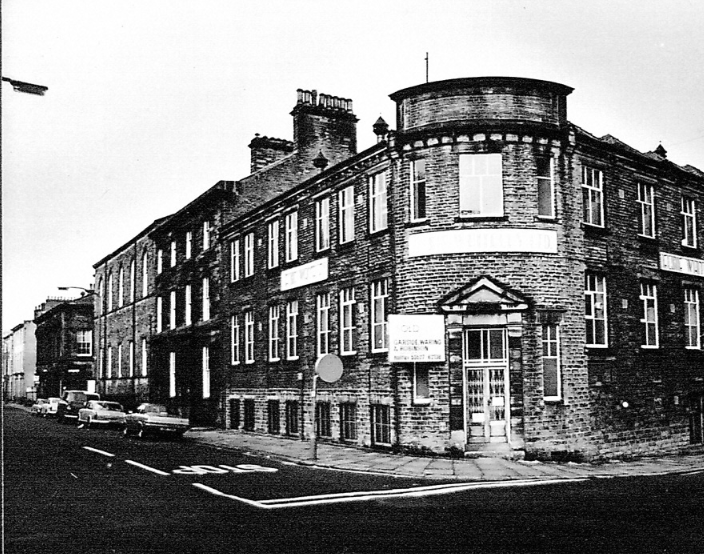
Elsie Whiteleys
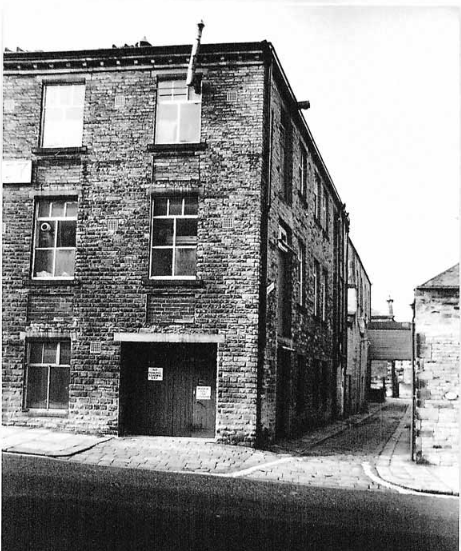
Rear of Elsie Whiteleys
Bluecoats School
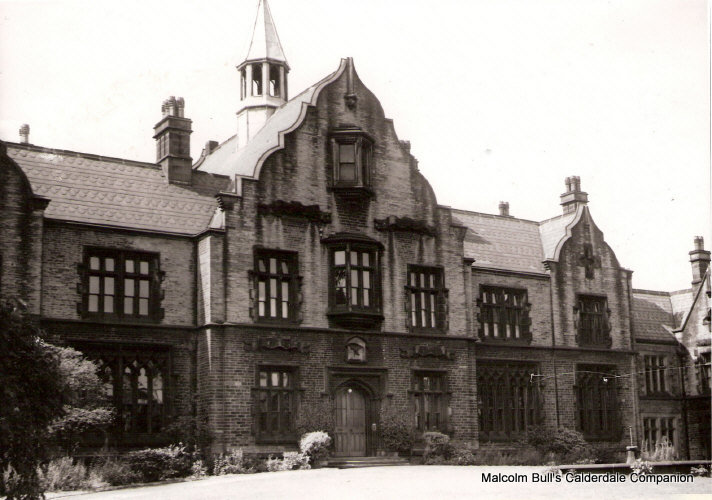
Blue Coat School, Harrison Road is part of the assets of the Waterhouse Charity, which was founded in the seventeenth century by Nathaniel Waterhouse, who, by his will of July 1st, 1642, left to 16 trustees and their heirs, all his houses, buildings, lands etc. in Halifax, Skircoat, Exley and Southowram, to be used for various charitable purposes. One of the main provisions was that of a house in Halifax, wherin twenty orphans, ten boys and ten girls, were to live and work under the superintendence of a Master, who was to be paid by any profit he might make out of the children's labour. That was the beginning of the Blue Coat School.
In 1848, a private Act dealing with the charity was passed, and this, among other things, gave permission to the trustees, with the sanction of the Court of Chancery, to rebuild the school and the adjoining almshouses. This sanction was obtained on July 1st, 1853 and the building followed. A new schoolroom was added in 1835 at a cost of £1,940.
There was 40 boys and girls in residence at the school. They attended Holy Trinity school for their education and every year they had a week or ten days seaside holiday. The children were taken from different townships of the Parish of Halifax and, although there were no hard and fast regulations, each case was decided on it's merits preference was given to children without both parents.
The school was demolished in 1963.
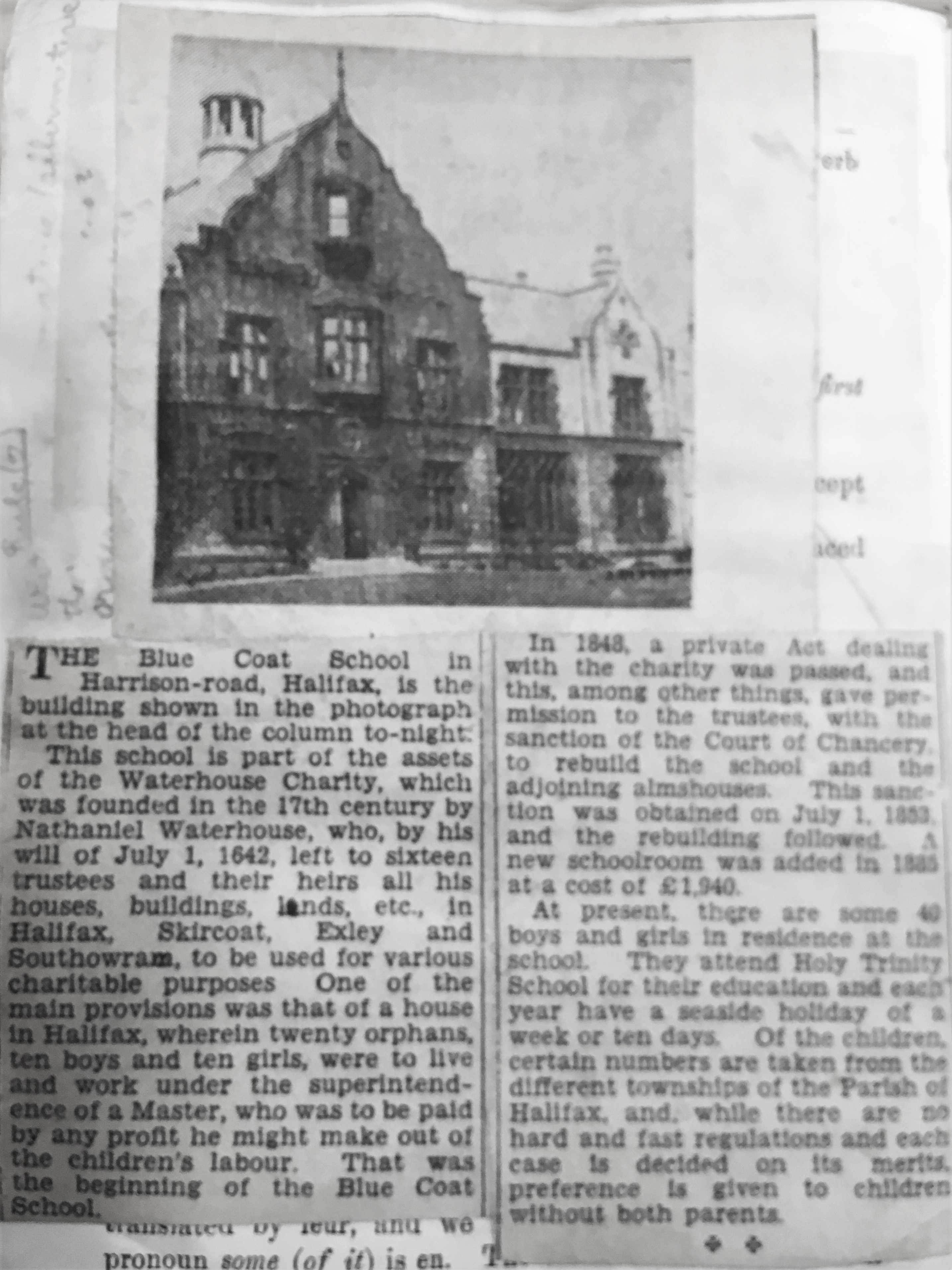
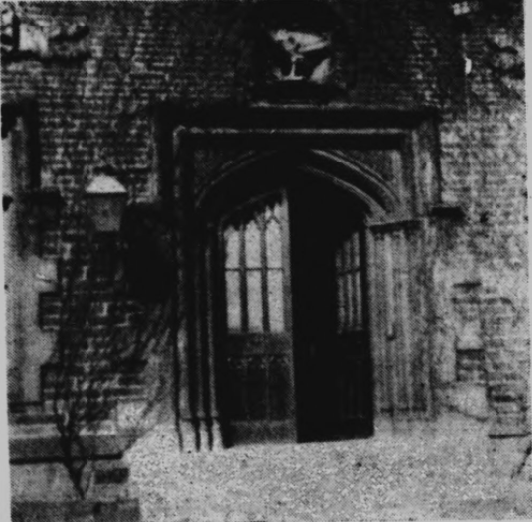
By his will of July, 1642, Nathaniel Waterhouse provided for twelve dwellings to be used as almshouses by twelve aged or poor people who were to receive 30s each per annum, with 10s to array them in black. In 1848, permission was obtained by the trustees to increase the number of almspeople from 12 to 24 and to enlarge the almshouses.
The houses are two storey and each wing contains 12 residences, six on the ground floor and six on the first floor. Each house consists of a living room and bedroom combined, with a scullery or coal place, and over the window of each is the name of the township to which it was attached.
The present almshouses were rebuilt in 1966.
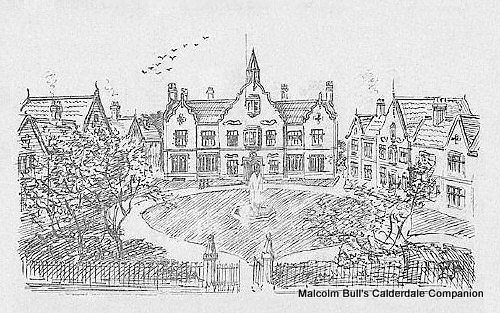
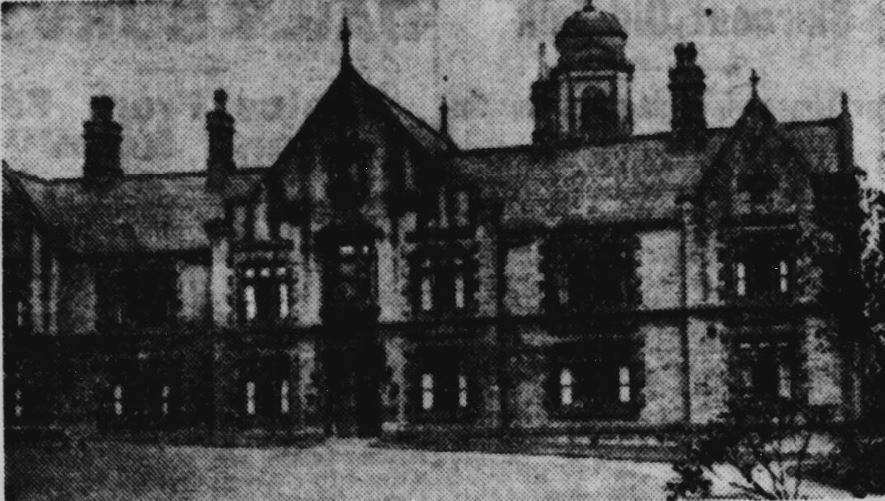
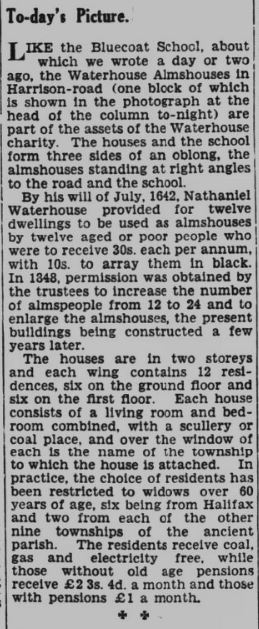
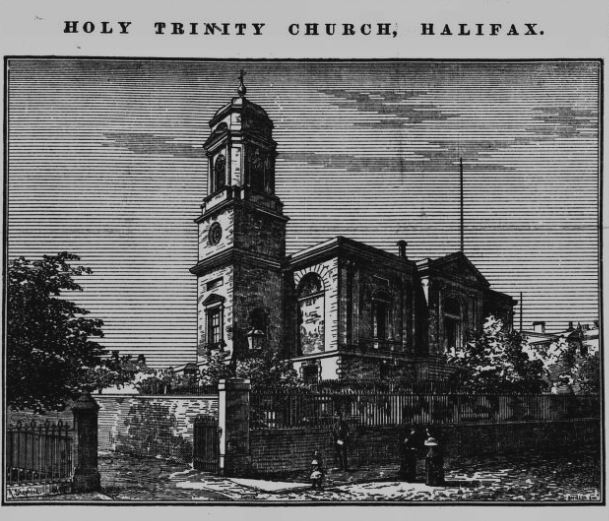
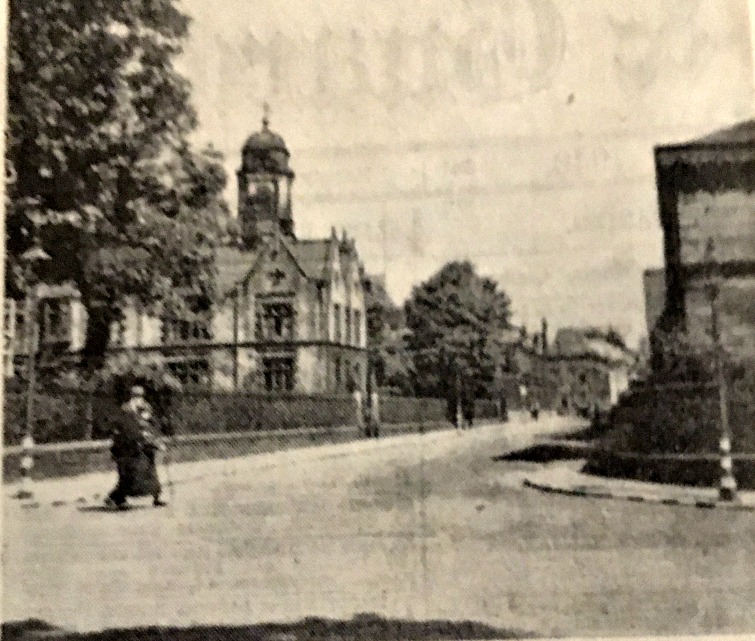
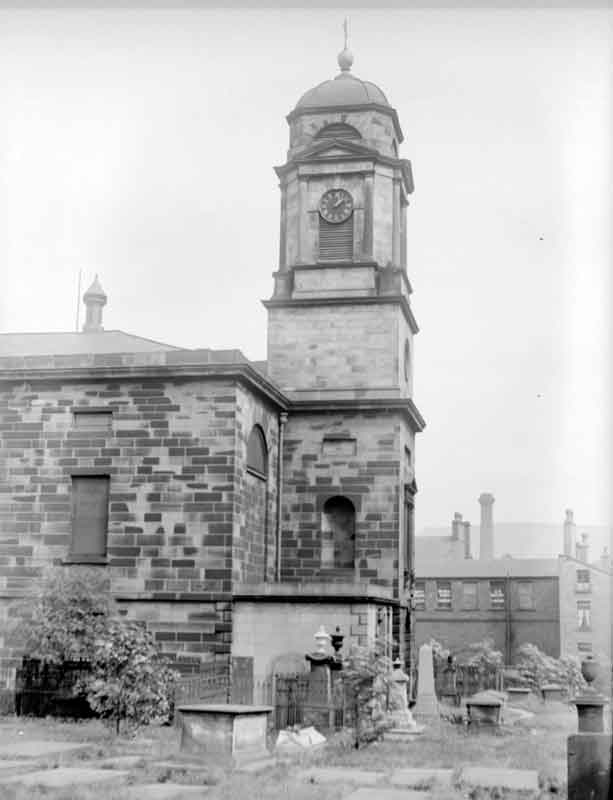
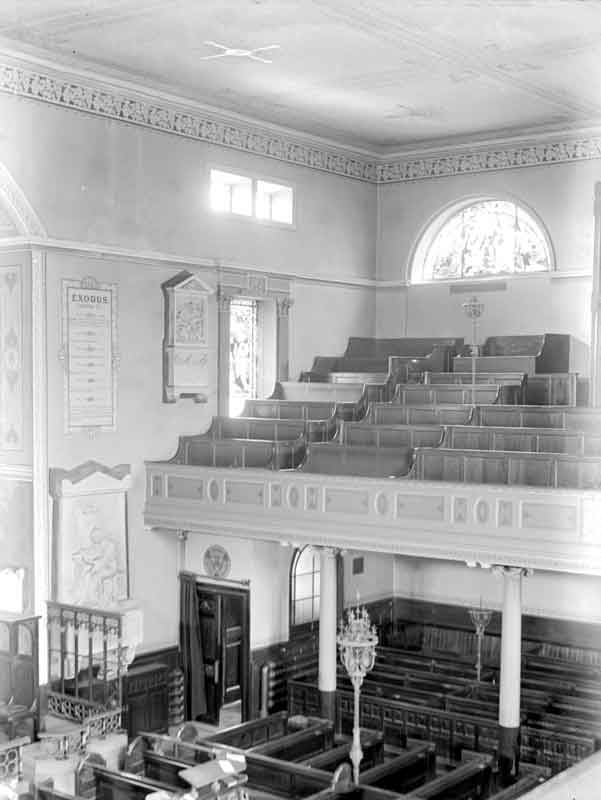
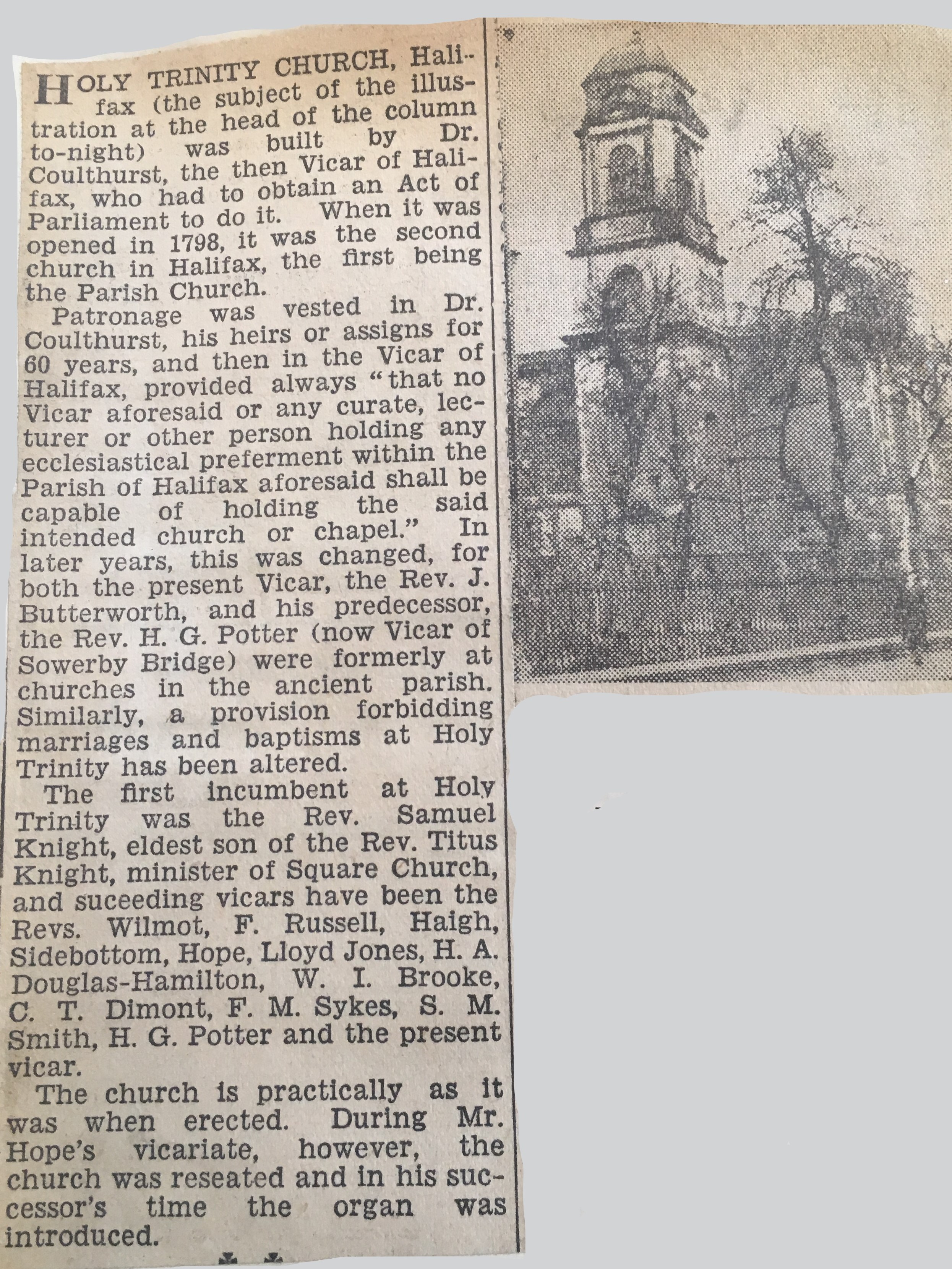
Assembly Rooms
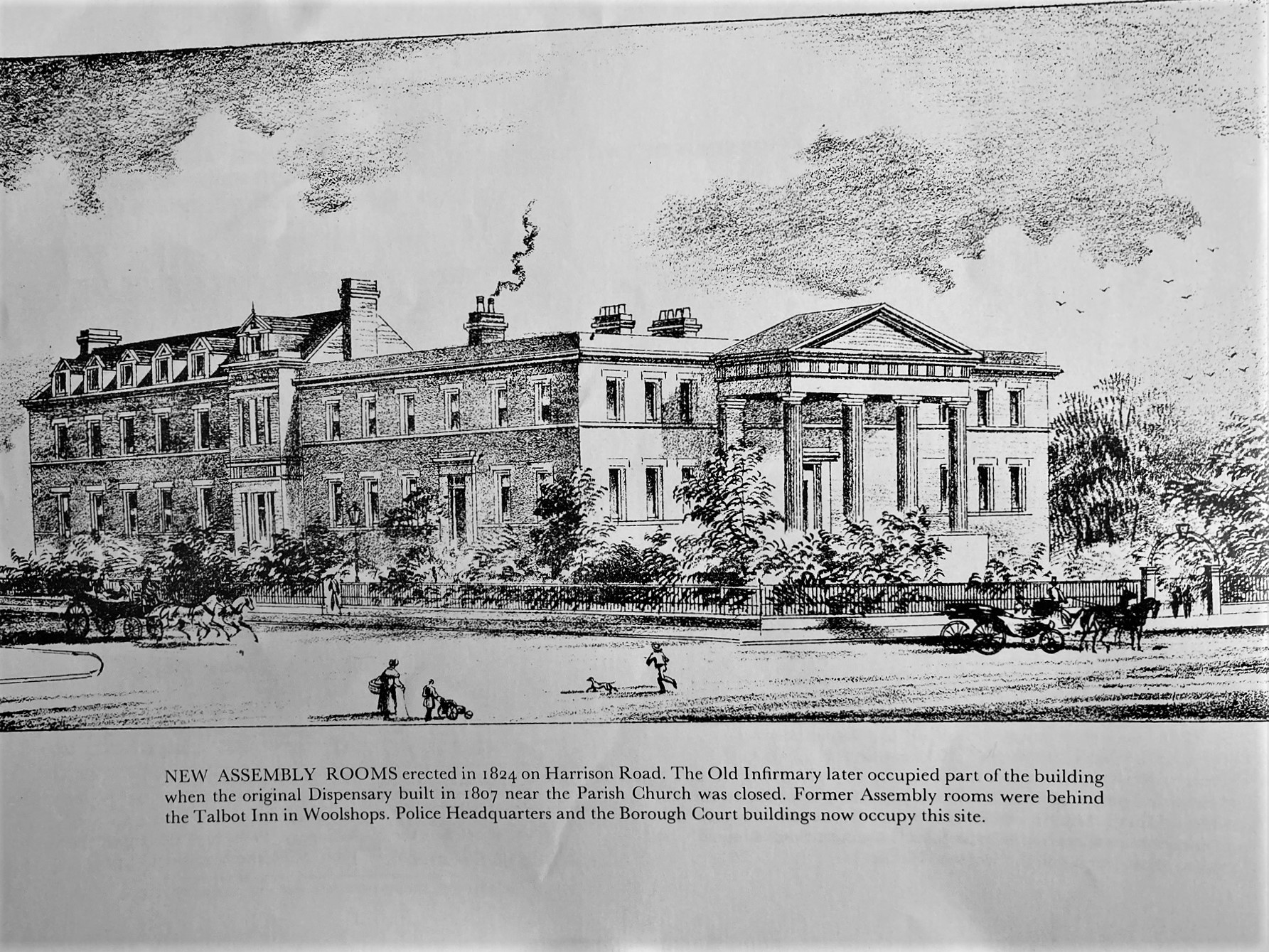
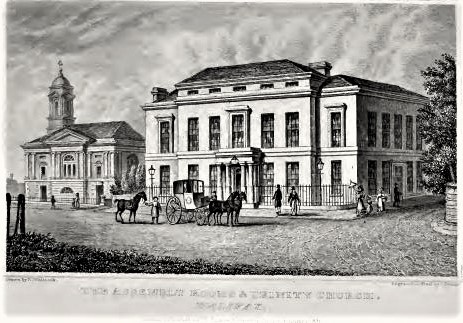
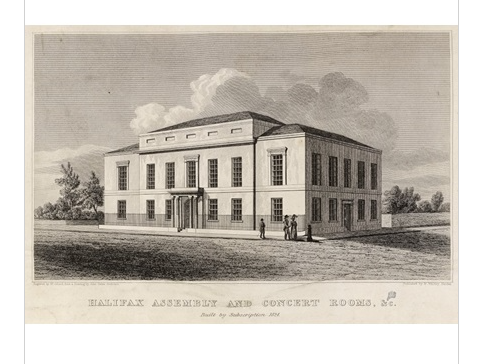
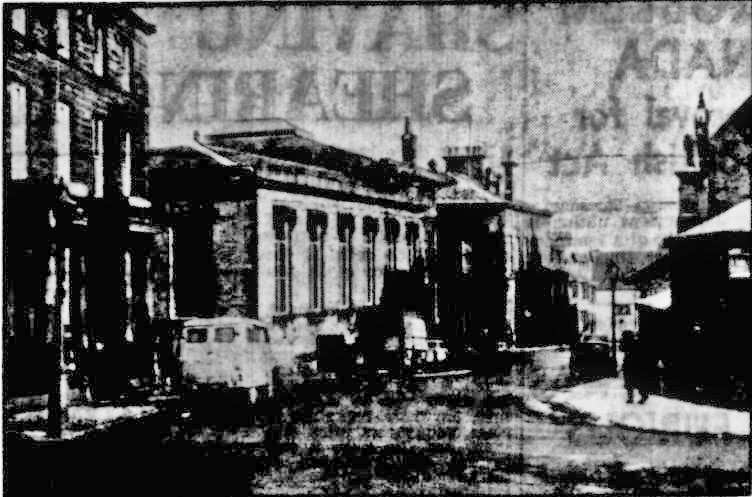 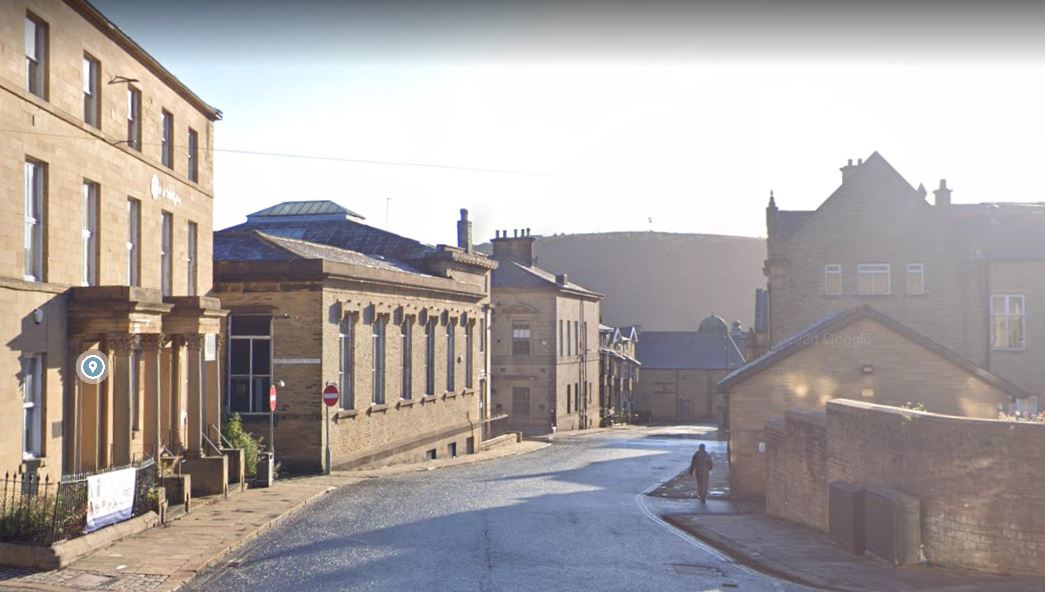 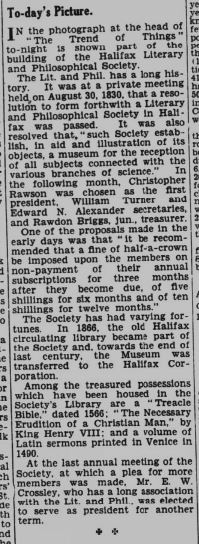 |
 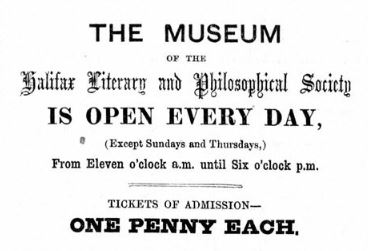 |
 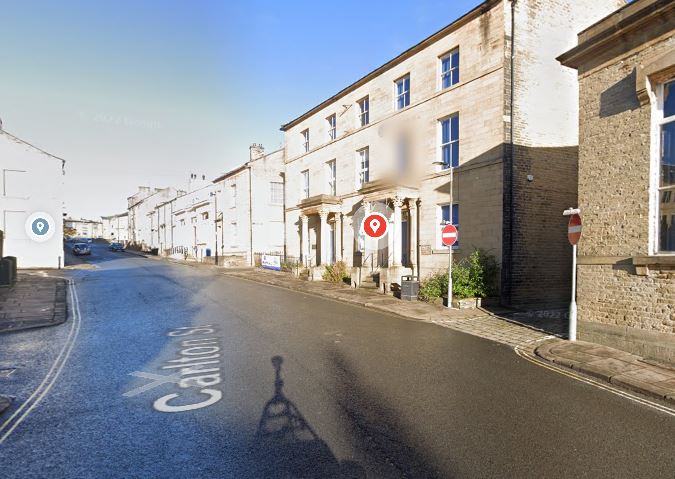 |
 |
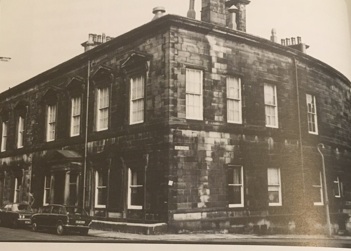
Now called 'Bees Knees' was Harrison Social and Flashman's
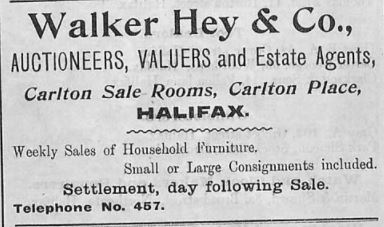 |
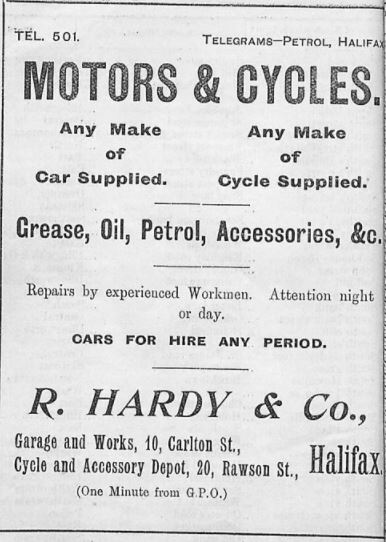 |
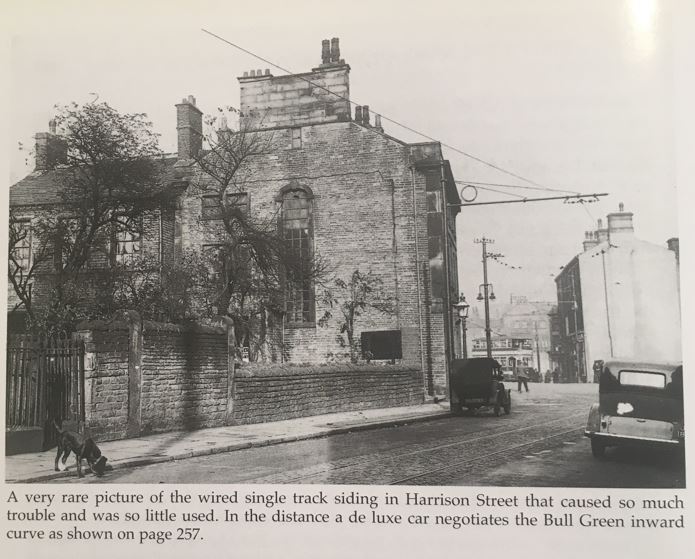
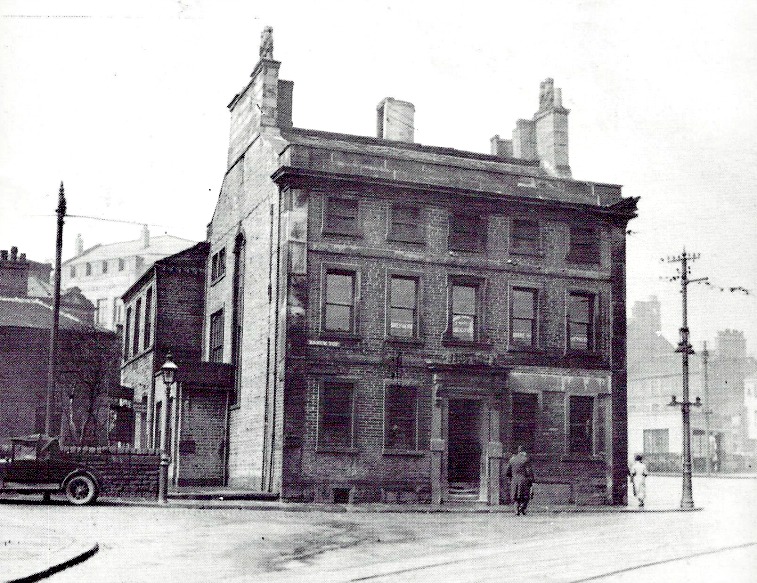
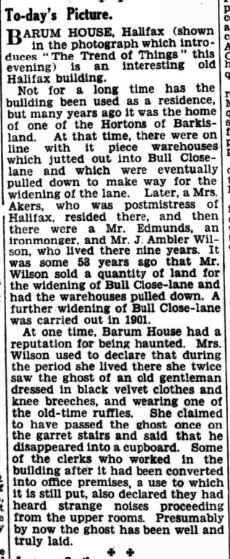
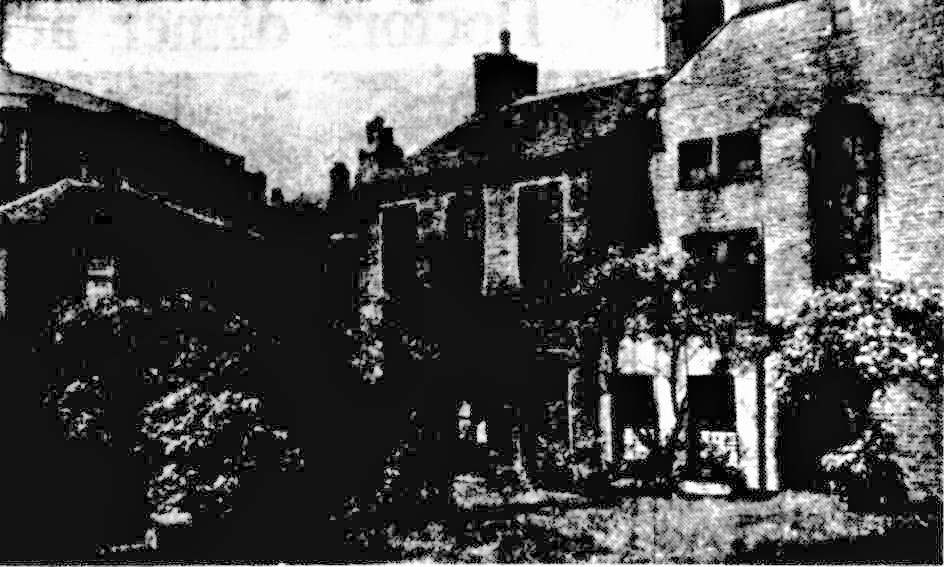 |
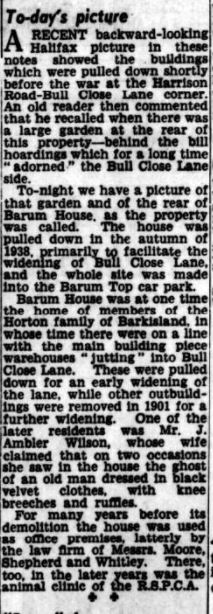 |
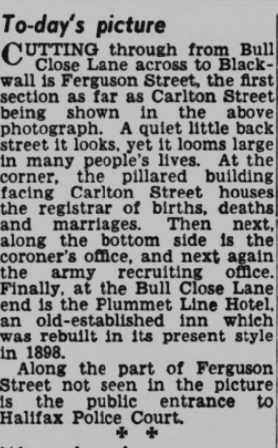 |
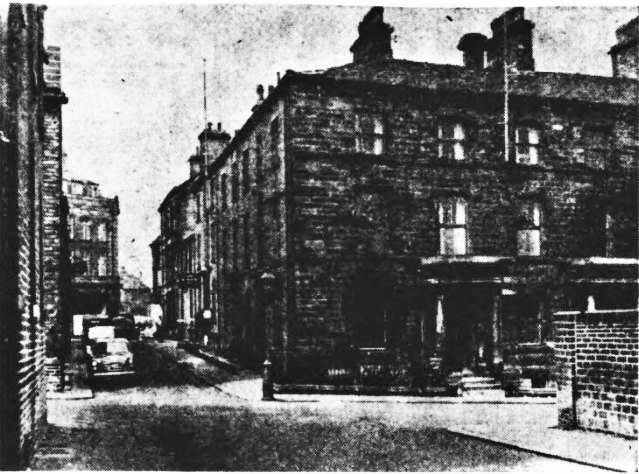 |
 |
Go to Haugh Shaw - Bell Hall |
If you have enjoyed your visit to this website, please spread the word by clicking the 'like' and 'share' buttons below. Thank you
